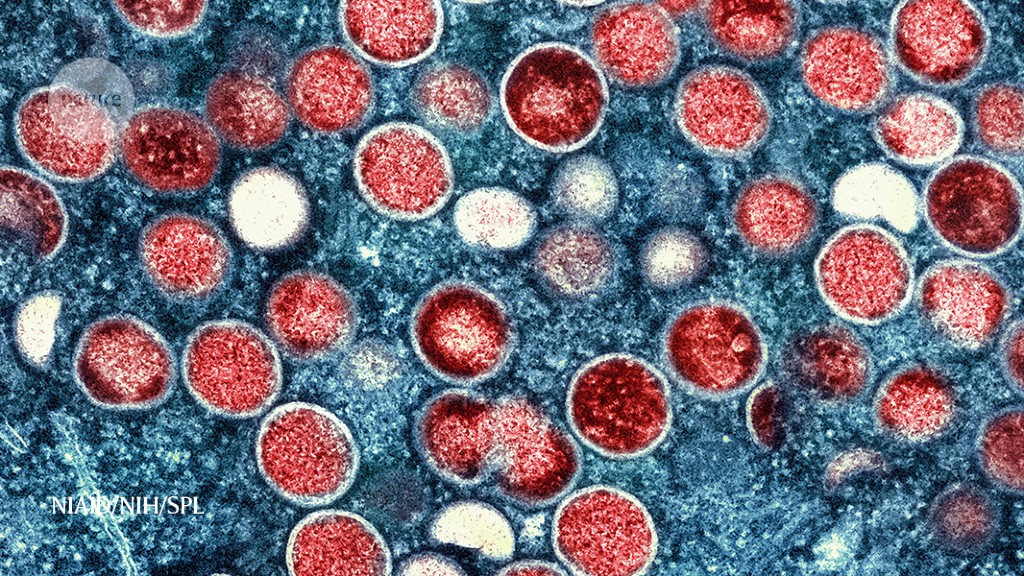
Early predictions that the virus transmits primarily through repeated skin-to-skin contact between people have largely borne out, according to a tranche of new studies.
“When you put all these studies together, we see that the clinical presentation everywhere is similar — but also surprising,” says Oriol Mitjà, an infectious-disease researcher at Germans Trias i Pujol University Hospital in Barcelona, Spain, who co-authored one of the recent studies in The Lancet1.That’s because the symptoms and pattern of spread don’t look like what researchers had observed in West and Central Africa, where the monkeypox virus has caused isolated, persistent outbreaks for decades.
Since early May, monkeypox has spread to more than 90 countries and led to more than 32,000 infections, with nearly one-third of cases reported in the United States.The virus has probably been taking advantage of dense sexual networks in the MSM community to spread efficiently, Mitjà says.
The more the virus continues to spread, the more opportunities it will have to infect other populations, including wild animals — which scientists have warned might establish viral reservoirs that could infect humans repeatedly.
Although some researchers have suggested that the monkeypox virus could spread through respiratory droplets or airborne particles, as SARS-CoV-2 does, Mitjà and his colleagues report that samples, taken when a person is diagnosed, from skin lesions contain much more viral DNA than do those from the throat1.
The lesions seem to be comparatively “teeming with virus”, says Boghuma Titanji, an infectious-disease physician at Emory University in Atlanta, Georgia, who was not involved with the study.
This finding, paired with the data about viral load, suggests that respiratory droplets and airborne particles probably aren’t the primary transmission route, Titanji says.
Although Mitjà and his colleagues didn’t detect much viral DNA in samples that they collected from people’s throats early during infection, it’s possible that if they had collected them later — or even earlier — viral levels could have been higher, she says.
Whether monkeypox is sexually transmitted in absolute terms — passed from one person to another through blood, semen or other bodily fluids during sex — is still unclear.But several studies have found that DNA from the monkeypox virus is present in a person’s semen for weeks after they become infected2,3.
One study also isolated infectious virus from a single individual’s semen six days after their symptoms appeared4.
Even if the virus can be sexually transmitted, it’s unclear how large of a role this mode of transmission has, compared with simply being in close, skin-to-skin contact with a person or inhaling their respiratory particles — which also occur during sex.If other studies find infectious virus in semen, understanding how long it can persist in that bodily fluid will be importantJ
Given all these findings, Titanji says it’s crucial that public-health officials don’t shy away from talking about sex in their guidance and are explicit about the types of protection available.
Funding and motivation to study monkeypox are limited compared with COVID-19, she says.